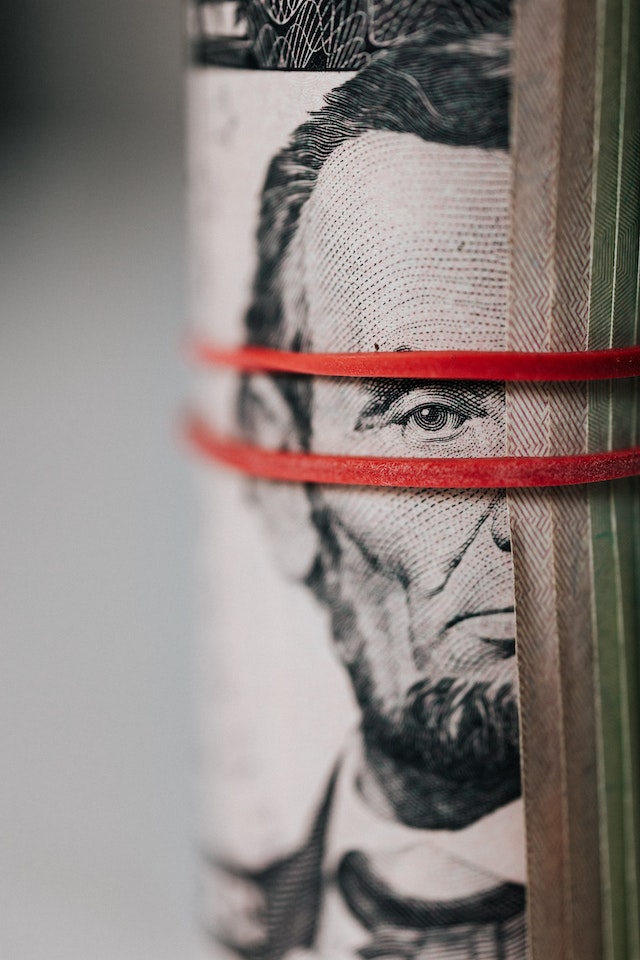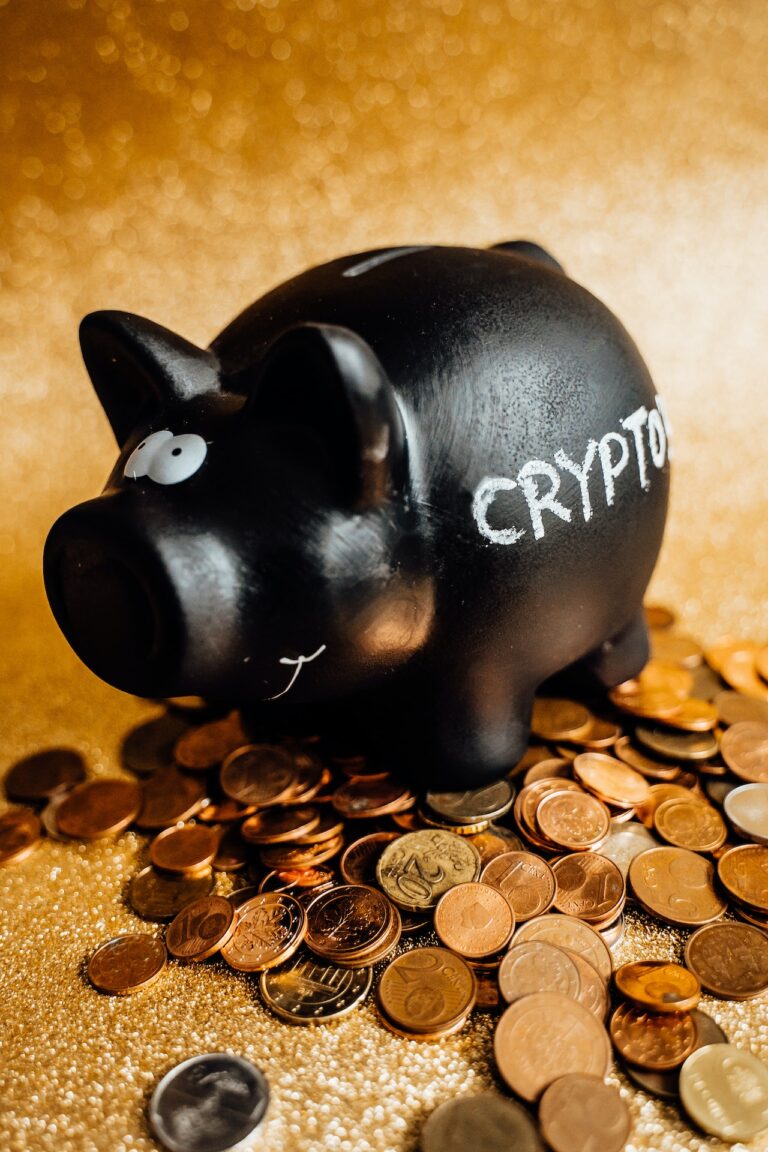How Does Incentive Marketing Work for Small Businesses?
Everyone enjoys being rewarded, mainly when it is for something they would have done anyway. Our brains reward happy hormones when we obtain a tangible (or digital) reward. That is why reward marketing is such a successful technique.
The fundamental principle of reward marketing could not be simpler. It all comes down to appealing to our instinct to receive incentives or win prizes. Marketing promotions can significantly increase revenue for both large and small businesses.
For years, channel partners like power2motivate.com.au have worked with businesses to develop successful reward marketing campaigns. A team of incentive marketing specialists can deliver excellent outcomes that can bridge the gap between success and failure, whether it’s choosing the right incentives from an extensive gallery or creating a personalized network for consumer loyalty programs.
What Is Incentive Marketing?
The use of motivational techniques to encourage the selling of goods or services is known as incentive marketing. In simple terms, it’s a well-thought-out strategy for getting people to do what you want. Companies are in the business of making profits. The majority of them do this by selling a product or service.
Online sales and brick-and-mortar store turnover are also boosted by marketing. Incentive marketing is just one of the many arrows in a marketer’s quiver.
Incentive Marketing and Small Businesses
Small Businesses face a lot of competition when starting. One of the most important objectives a new business needs to achieve is establishing a brand name. Getting a company front in mind with channel partners and a community of actively involved and inspired customers can be hugely beneficial as a business grows and tries to build its place in the market. This is where Incentive Marketing comes in.
Why Is Incentive Marketing Effective?
Incentive Marketing is an important and valuable tactic because it reaches out to a group of customers who may not otherwise consider the company’s goods or services. However, this does not imply that you must pay people to communicate with your business.
Rewards such as non-monetary incentives and discounts are all successful motivational tools. When the output component of the equation is fun in terms such as a game or match, the strategy works its magic.
According to the Incentive Federation’s 2016 Incentive Marketplace Estimate Research Report, companies in the United States spend $16.1 billion annually on non-monetary consumer loyalty incentives.
Since 2013, total incentive spending has risen by 17%, indicating that companies are having a good return on their investment. According to a Citigroup survey conducted in 2017, 86 percent of consumers claim they are more loyal to brands that deliver reward programs.
Final Thoughts
Evaluate the rewards, utility, durability, ease, and uniqueness when selecting an incentive. Choose an incentive that will appeal to the majority of your consumers and clients. Since it is an investment, consider the product’s longevity. You shouldn’t just go & buy a bunch of rewards and stack them in your warehouse.
Purchase just what you can afford. To encourage people to “buy now,” give your offers a deadline or an expiration date.
For other business related articles, read SocialTalky Business Section




